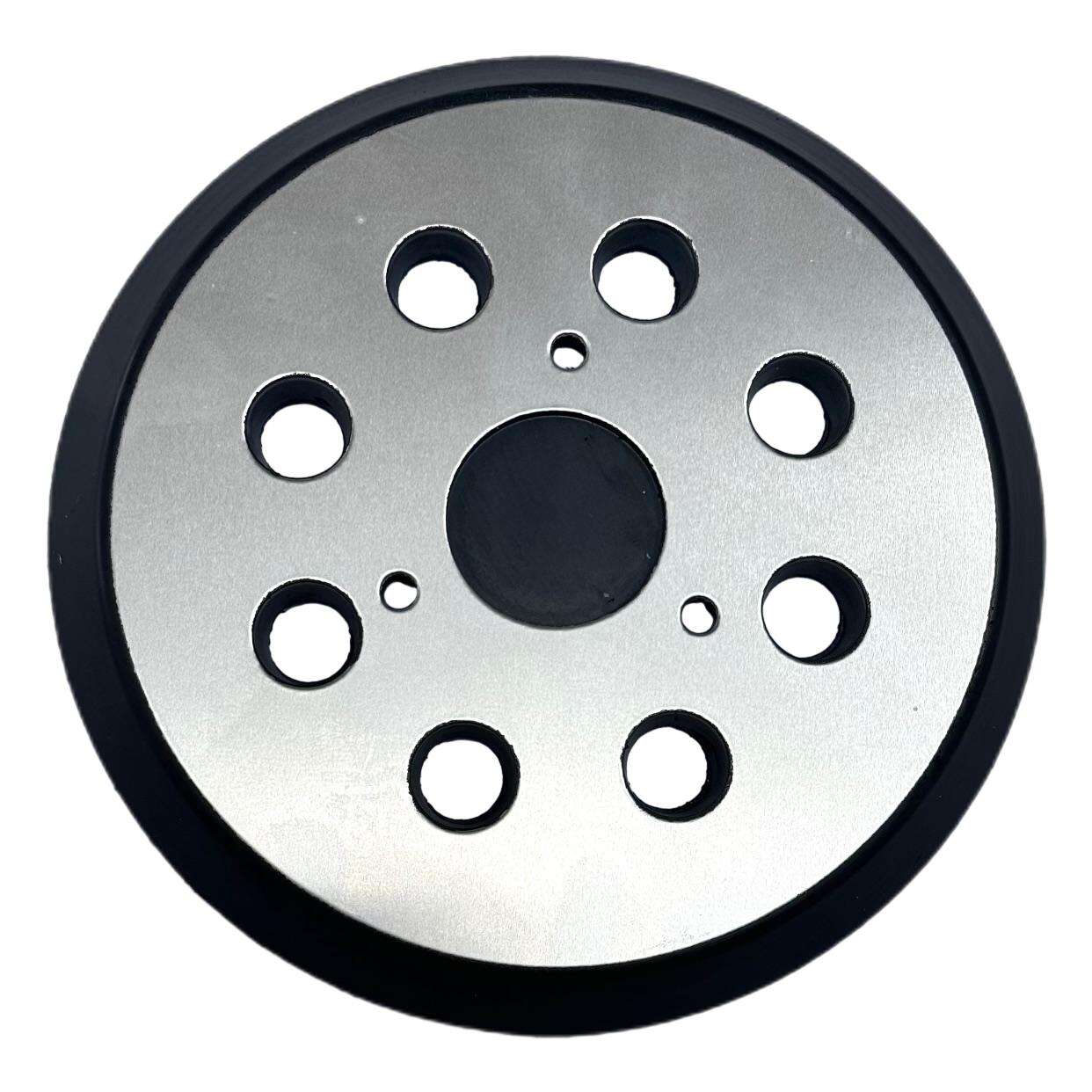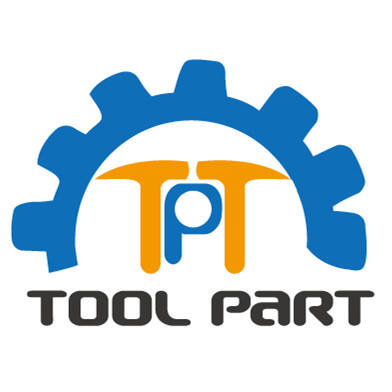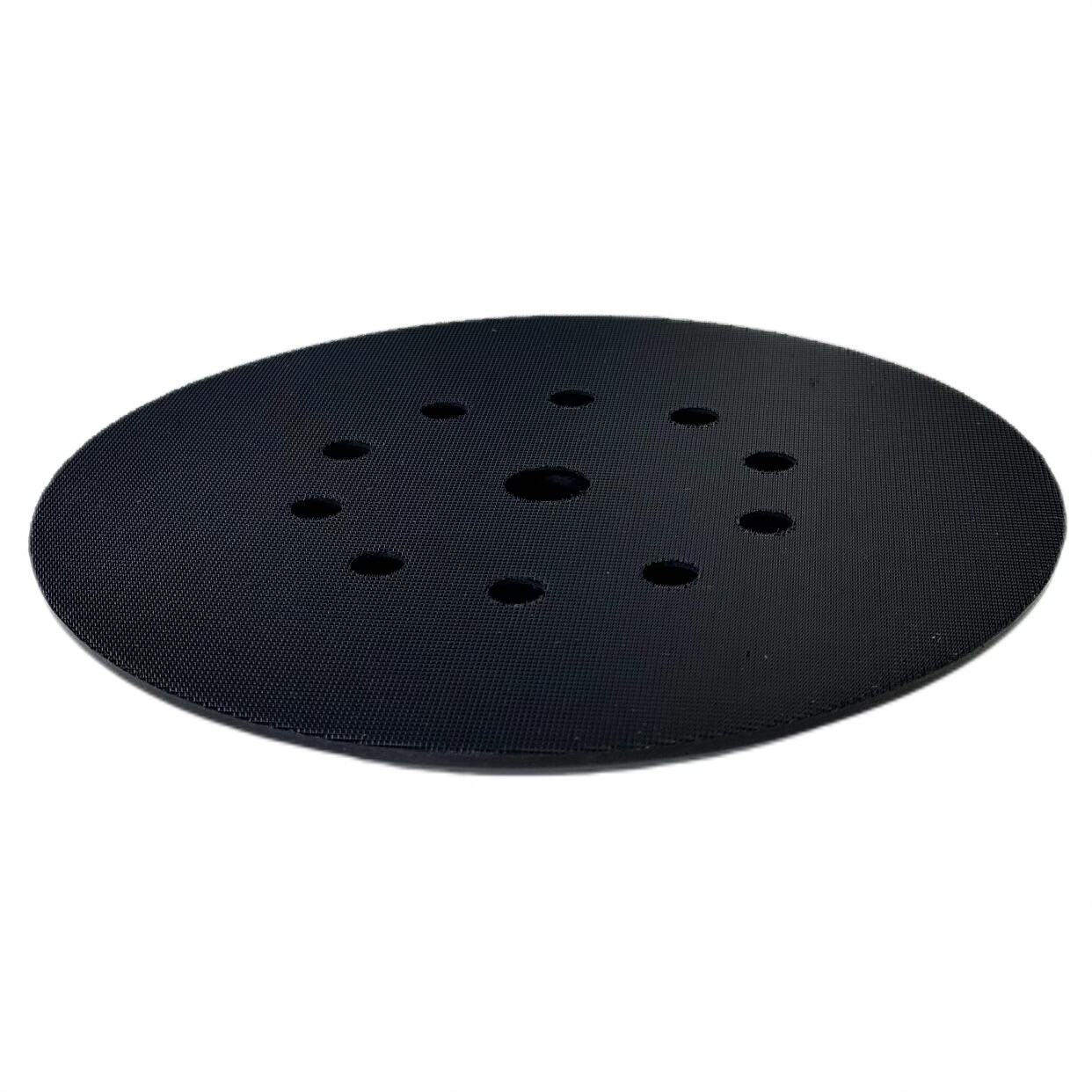Understanding the Essential Components of Modern Abrasive Systems
In the world of surface preparation and finishing, the backing pad serves as a crucial interface between power tools and abrasive discs. This fundamental component plays a vital role in determining the quality, efficiency, and overall success of any sanding or polishing operation. As technology advances, manufacturers continue to innovate in backing pad design, leading to improved performance and durability.
The evolution of backing pad technology has given rise to two primary attachment systems: Velcro and Hook & Loop. While these terms are often used interchangeably, there are distinct characteristics that set them apart. Understanding these differences is essential for professionals and DIY enthusiasts alike who want to achieve optimal results in their surface finishing projects.
The Technical Foundation of Backing Pad Systems
Anatomy of a Modern Backing Pad
A quality backing pad consists of several specialized layers, each serving a specific purpose. The base layer provides structural integrity and connects to the power tool's drive system. The intermediate layer, typically made from dense foam or rubber compounds, offers cushioning and heat dissipation properties. The attachment surface, whether Velcro or Hook & Loop, forms the outermost layer where abrasive discs connect.
Modern backing pad designs incorporate advanced materials that enhance durability while reducing weight. The engineering behind these components focuses on maintaining consistent pressure distribution, which is crucial for achieving uniform surface finishing results. The backing pad's construction must also withstand the heat generated during operation while providing adequate flexibility for contoured surfaces.
Material Science and Manufacturing Processes
The manufacturing of backing pad systems involves precise material selection and quality control. High-grade polymers and synthetic materials are carefully chosen for their specific properties, including heat resistance, tensile strength, and flexibility. The attachment surface requires particular attention during production to ensure consistent hook density and proper orientation for maximum grip strength.
Advanced molding techniques create backing pads with optimal weight distribution and balanced construction. This attention to detail in the manufacturing process directly impacts the tool's performance and the operator's control during use. The integration of various materials must be seamless to prevent delamination and ensure long-term durability.
Comparative Analysis of Attachment Systems
Velcro Technology in Detail
Velcro backing pads utilize a proprietary hook system that has been refined over decades of development. The hooks are precisely engineered to provide maximum holding power while allowing quick disc changes. The durability of Velcro systems has improved significantly with modern manufacturing techniques, addressing historical concerns about hook wear and attachment reliability.
The Velcro backing pad system offers excellent resistance to lateral forces, which is crucial during aggressive sanding operations. The hook design promotes better airflow between the pad and disc, contributing to improved dust extraction and temperature management. This technology continues to evolve with new hook patterns and materials that enhance performance and longevity.
Hook & Loop Engineering
Hook & Loop systems represent a broader category of mechanical fastening solutions, often incorporating more varied design elements than traditional Velcro. These backing pads typically feature optimized hook patterns that balance holding strength with ease of disc removal. The technology behind Hook & Loop systems focuses on maintaining consistent engagement across the entire pad surface.
Modern Hook & Loop backing pads often incorporate specialized hook geometries that enhance dust extraction capabilities while maintaining secure disc attachment. The engineering behind these systems prioritizes long-term durability and consistent performance under demanding conditions. Manufacturers continue to refine hook designs to optimize the balance between grip strength and user-friendly operation.

Performance Characteristics and Applications
Speed and Efficiency Factors
The backing pad choice significantly impacts operational efficiency in surface preparation tasks. Velcro systems typically offer slightly faster disc changes, while Hook & Loop configurations may provide better stability during extended use. The backing pad design influences not only the speed of disc changes but also the consistency of surface contact during operation.
Professional users often report that the right backing pad selection can improve productivity by up to 30% through reduced downtime and more efficient material removal. The pad's performance characteristics directly affect the power tool's effectiveness and the quality of the finished surface. Proper matching of backing pad technology to the application requirements ensures optimal results and reduced operator fatigue.
Durability and Maintenance Considerations
Long-term durability varies between different backing pad systems, with both Velcro and Hook & Loop options offering distinct advantages. The lifespan of a backing pad depends largely on usage patterns, maintenance practices, and environmental conditions. Regular inspection and cleaning of the attachment surface help maintain optimal performance and extend service life.
Maintenance requirements typically include removing accumulated dust and debris from the hook surface and checking for wear patterns or damage. Professional users should establish regular maintenance schedules based on usage intensity and operating conditions. Proper care of the backing pad system ensures consistent performance and reduces unexpected downtime.
Cost-Benefit Analysis and Selection Criteria
Initial Investment Considerations
When evaluating backing pad options, initial cost represents only one aspect of the total investment equation. While Velcro systems might carry a slightly higher upfront cost, their potential for longer service life can offset this initial premium. The backing pad's quality directly impacts the effectiveness of expensive abrasive discs and influences overall project costs.
Professional users should consider the relationship between backing pad quality and production efficiency. Higher-grade backing pads often deliver better value through improved performance and reduced replacement frequency. The initial investment decision should account for anticipated usage patterns and application requirements.
Long-term Economic Impact
The total cost of ownership for backing pad systems extends beyond the purchase price. Factors such as disc consumption, energy efficiency, and maintenance requirements contribute to the long-term economic picture. Quality backing pads can reduce overall operating costs by improving abrasive disc efficiency and reducing power tool wear.
Professional operations benefit from analyzing the complete economic impact of their backing pad choices. This analysis should include considerations of productivity gains, reduced material waste, and improved quality outcomes. The right backing pad selection can lead to significant cost savings over time through improved operational efficiency.
Frequently Asked Questions
How often should a backing pad be replaced?
The replacement interval for a backing pad depends on usage intensity and operating conditions. Most professional users should inspect their backing pads weekly and replace them when significant wear or attachment problems become evident. Typical lifespan ranges from 3-6 months under regular use, though this can vary considerably based on application demands and maintenance practices.
Can different abrasive disc brands be used with any backing pad?
While many abrasive discs are designed for universal compatibility, optimal performance is achieved when using matched systems from reputable manufacturers. The backing pad and disc attachment systems should have compatible hook patterns and engagement characteristics. Always verify compatibility to ensure proper attachment and prevent potential safety issues.
What impact does backing pad condition have on surface finish quality?
The backing pad's condition directly affects surface finish quality through its influence on pressure distribution and disc stability. A worn or damaged backing pad can cause uneven material removal, leading to inconsistent surface finishes. Regular inspection and timely replacement of worn backing pads help maintain high-quality finishing results.

